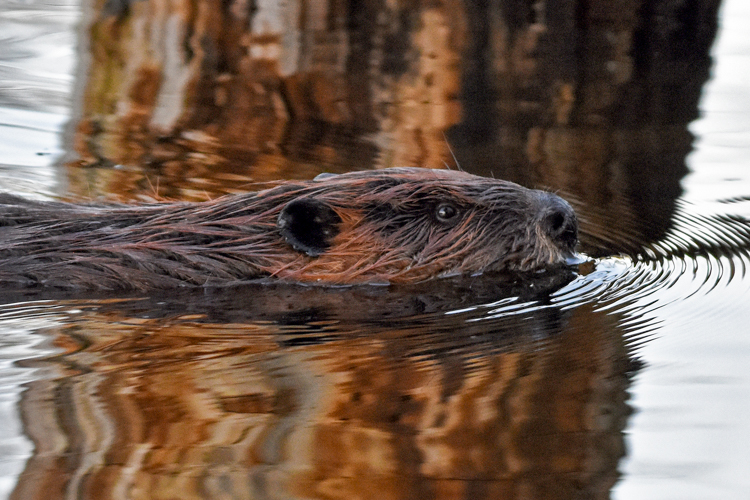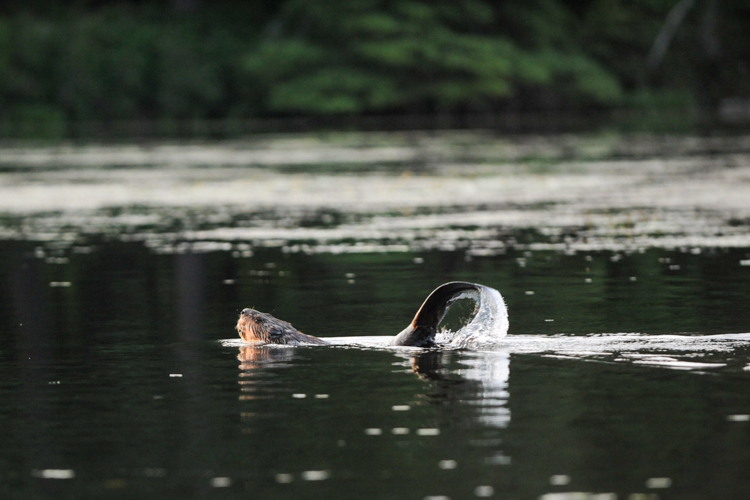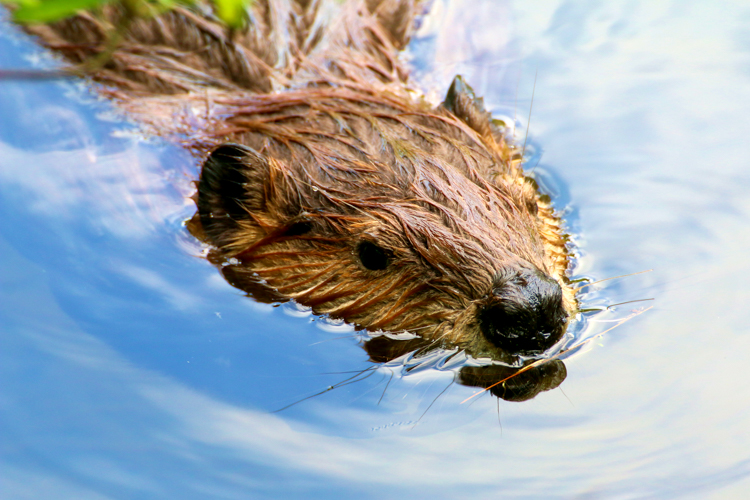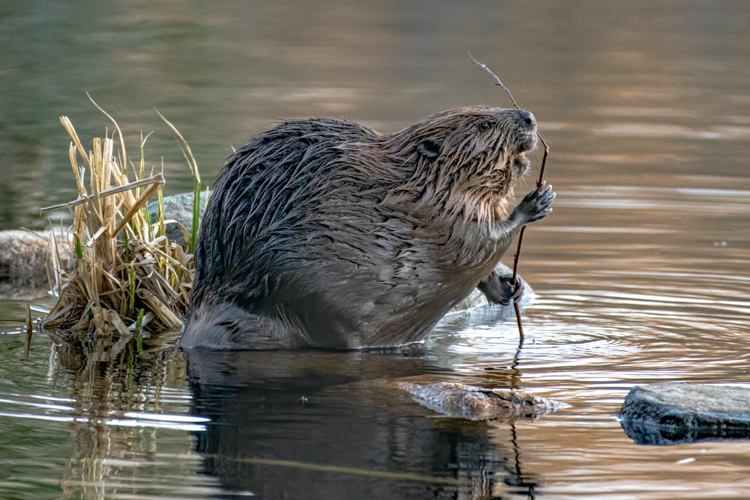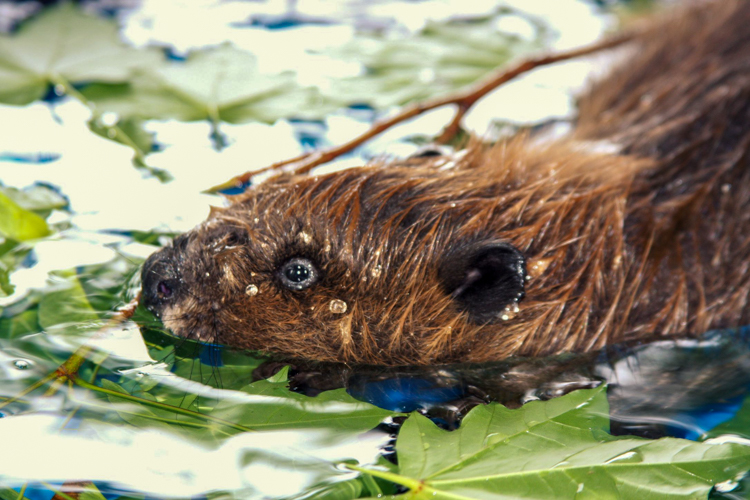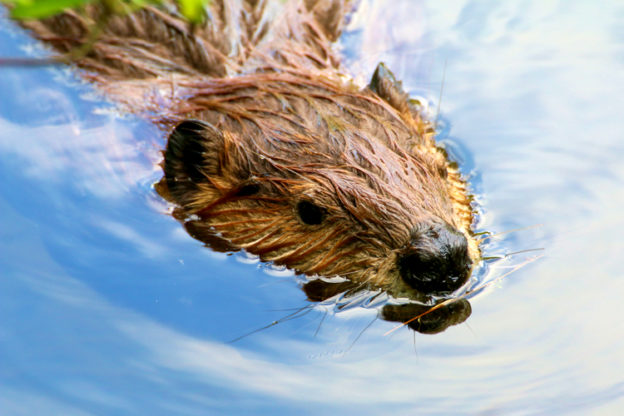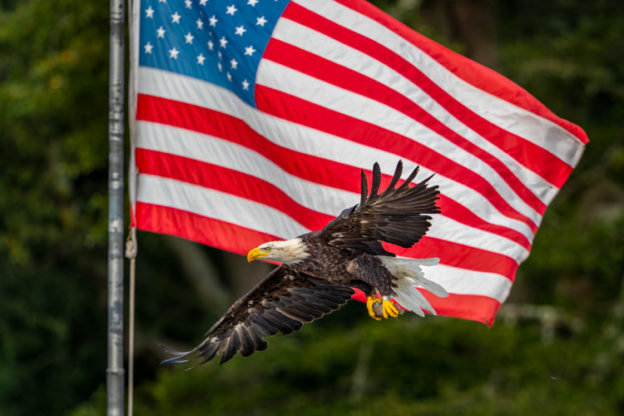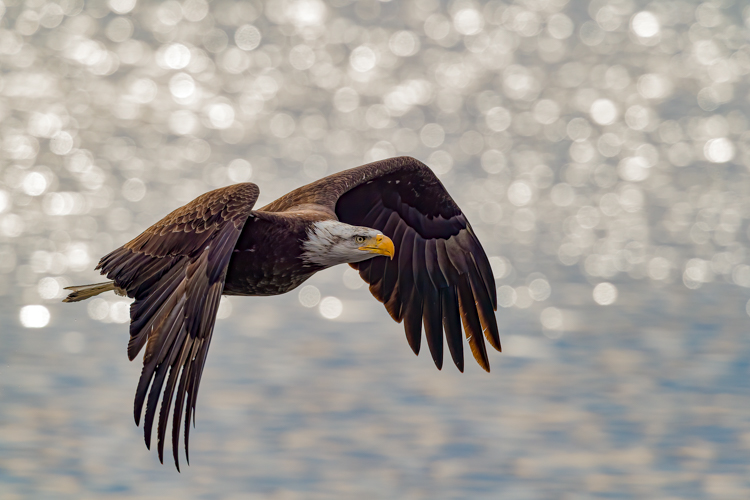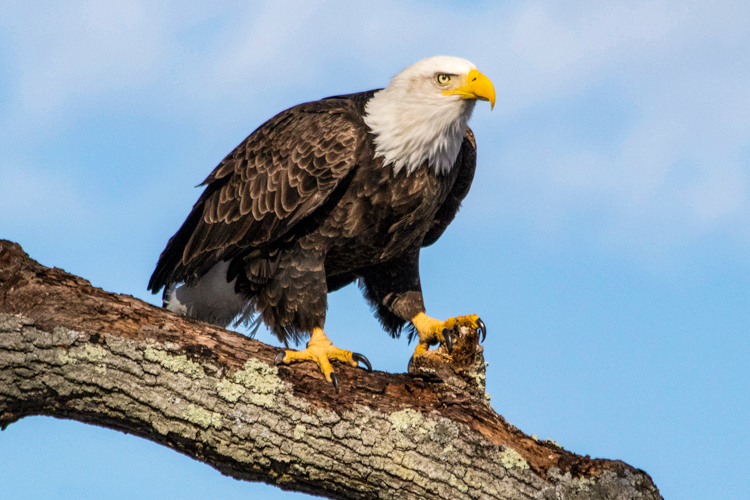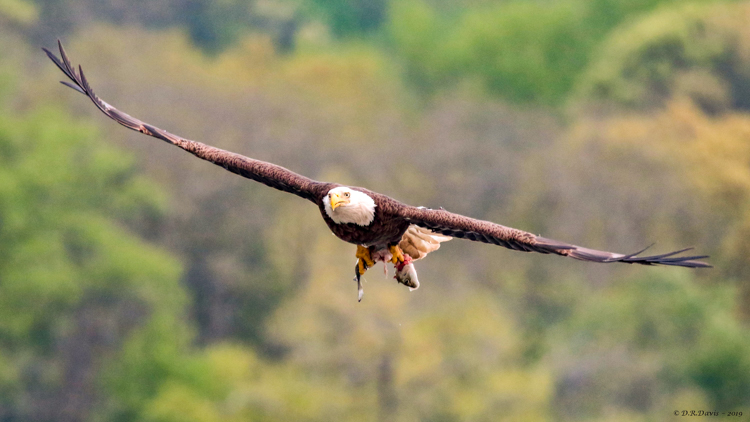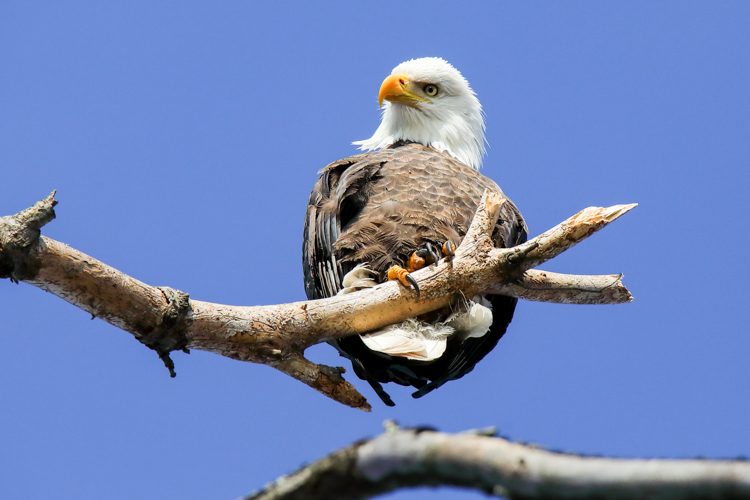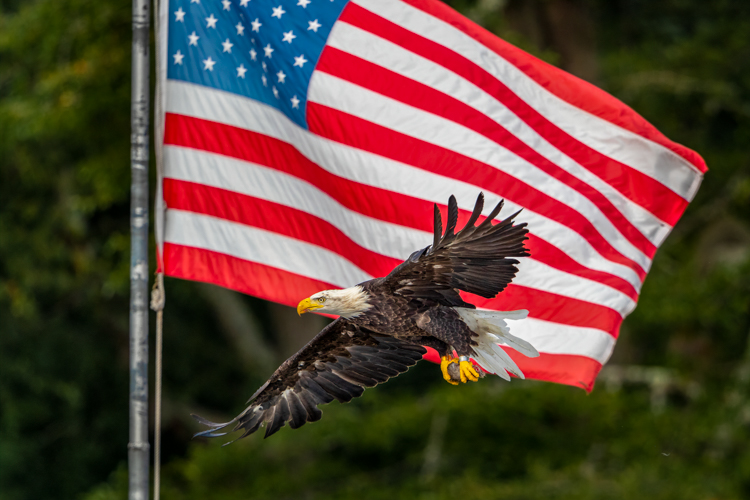Aside from humans, beavers are the only mammal that alters their habitat to meet their needs, which they accomplish by damming streams to form ponds. This behavior actually benefits other species (including people) as well.
Because of the flooding beavers create, trees often die off and the dead “snags” provide nesting sites for Great Blue Herons, Wood Ducks, Tree Swallows, and other birds. These new ponds and wetlands become homes for amphibians, turtles, fish, otters, muskrats, and other animals.
Beaver-created wetlands also enhance human habitat by storing and slowly releasing floodwater, which controls downstream flooding. They improve water quality by trapping, removing, or transforming excess nutrients, sediment, and pollution. These areas can also recharge and maintain groundwater levels, providing flow to streams even during droughts, which are expected to increase in frequency due to climate change.
If you’re looking to spot an industrious beaver, the best time of day is dawn and dusk, as they are crepuscular animals. To learn more about beavers (including how to tell the difference between beavers and muskrats) and how to handle various beaver-related issues, check out our all about beavers page. If you’ve got some great wildlife shots of your own, we’d love to see them! Enter the Picture This: Your Great Outdoors photo contest today!
